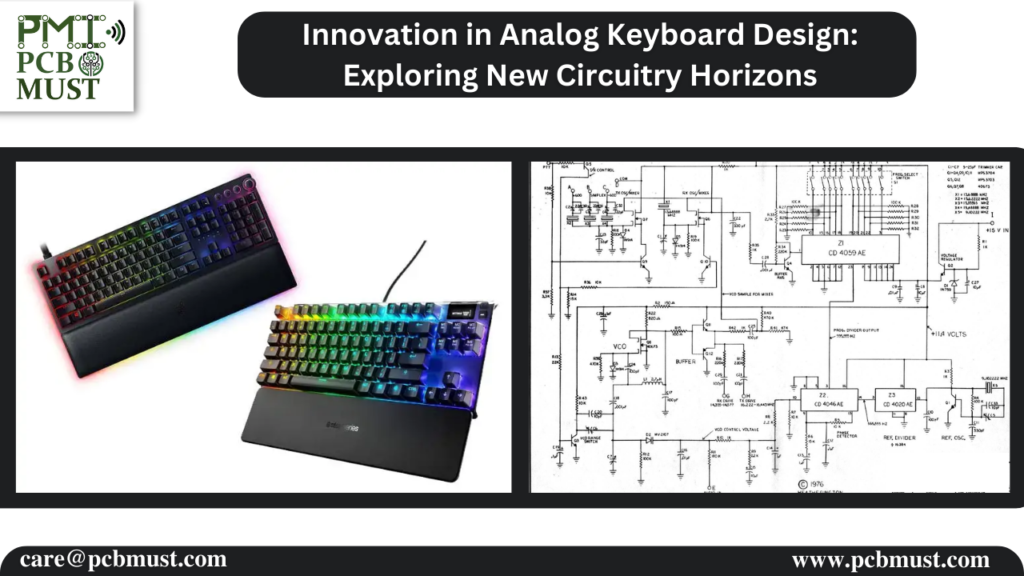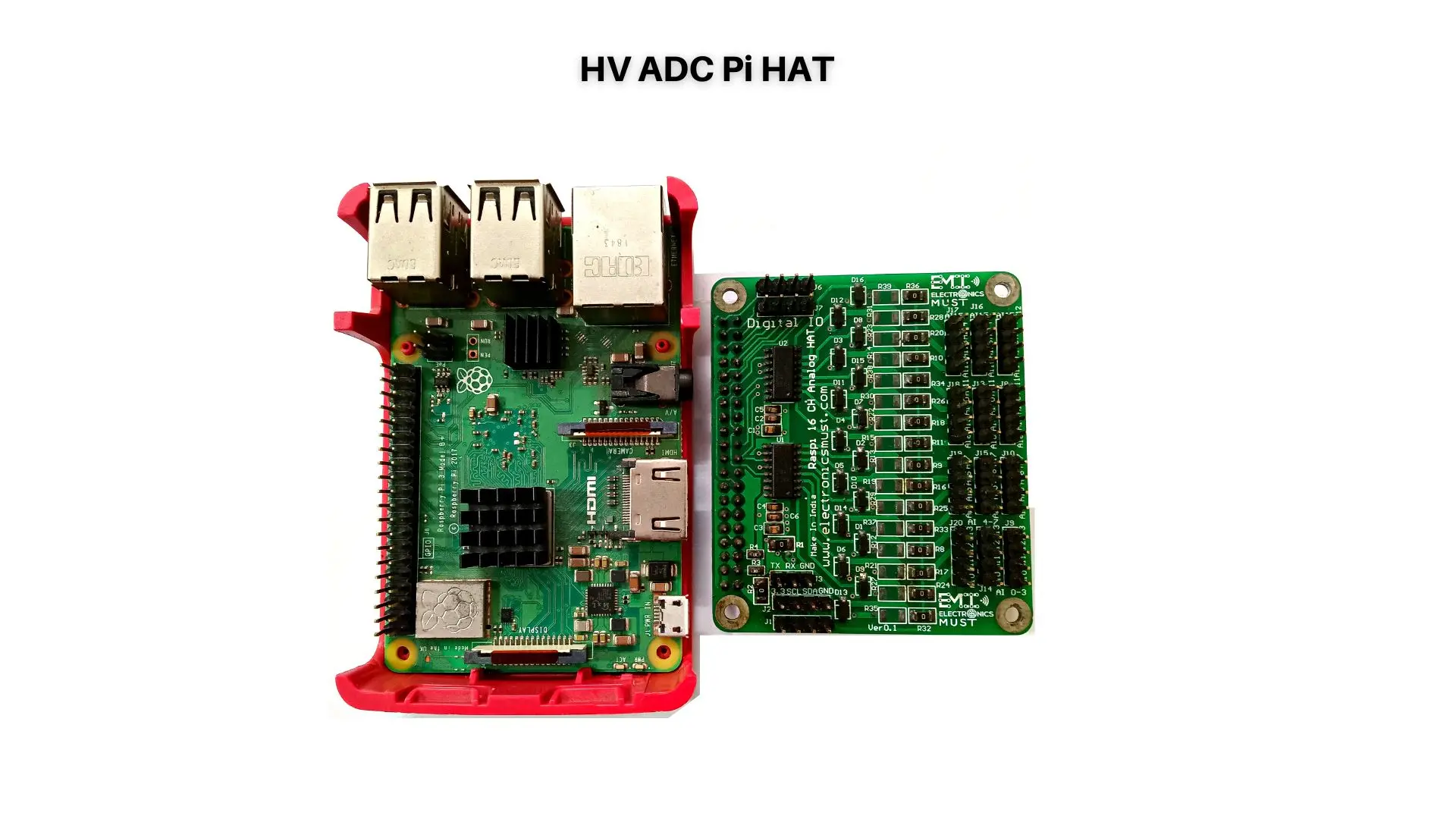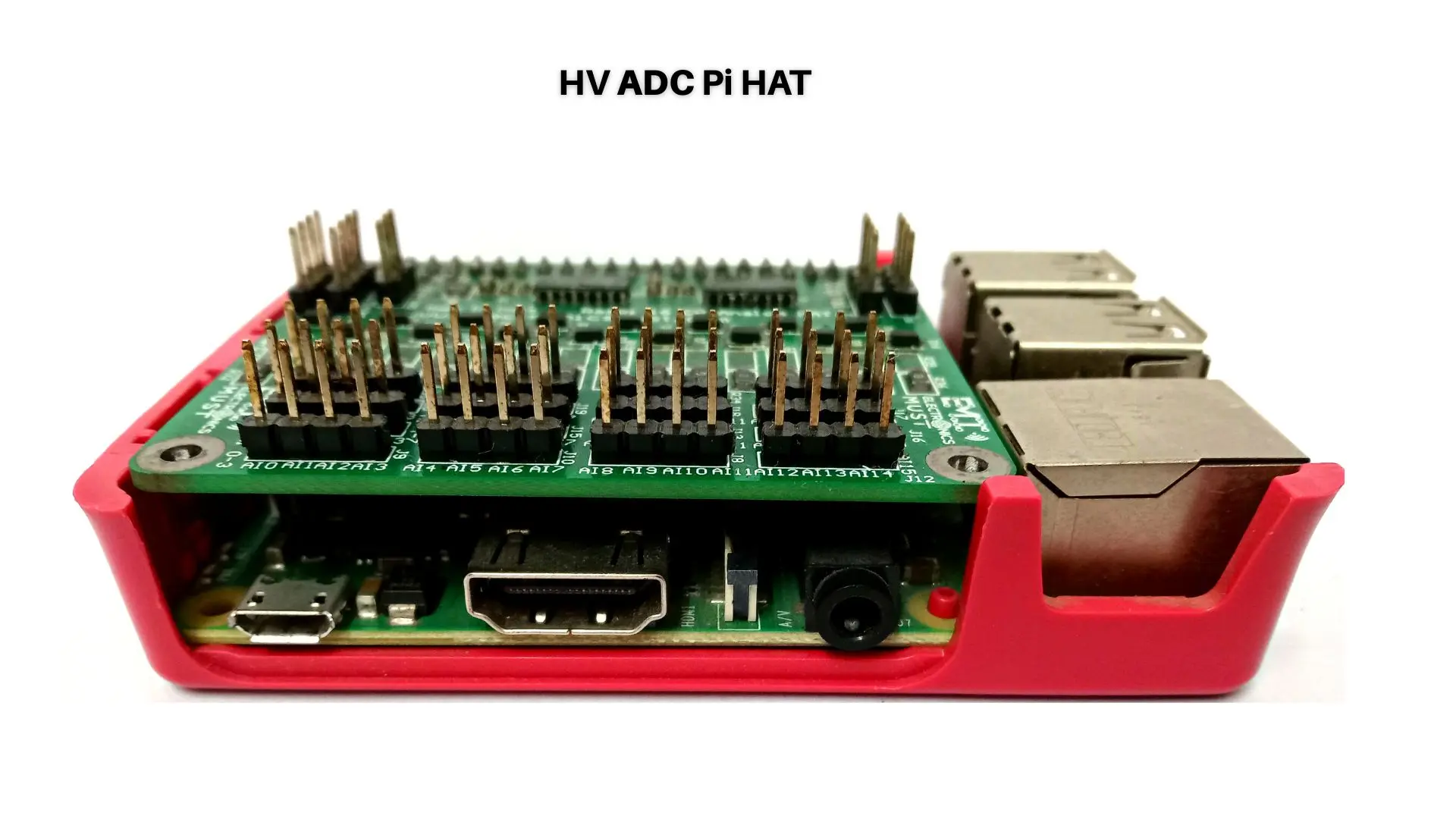The world of music is constantly evolving, driven by technological advancements and creative exploration. In the realm of keyboard instruments, analog keyboards hold a timeless allure, celebrated for their warm and organic sound. As technology continues to progress, so does the art of analog keyboard design. Innovations in circuitry and engineering are pushing the boundaries of sound, opening up new horizons of expression for musicians and enthusiasts alike. In this blog, we will embark on a journey of innovation in analog keyboard design, exploring the benefits of pushing the boundaries, understanding the other factors that contribute to these advancements, and celebrating the exciting future of analog keyboards.
Benefits of Innovation in Analog Keyboard Design
1. Unprecedented Sound Possibilities: Innovation in analog keyboard design unlocks unprecedented sound possibilities. New circuitry, components, and design concepts allow for the creation of unique and previously unexplored tones. Musicians have the opportunity to shape their sonic landscape in ways that were once unimaginable, adding new dimensions to their compositions.
2. Fresh Creative Expression: As analog keyboard designers innovate, they give musicians fresh creative tools to express themselves. These innovations can spark new musical ideas, encourage experimentation, and foster a deeper connection between the musician and the instrument. With each advancement, musicians find new avenues to convey their emotions and ideas through music.
3. Respecting Tradition while Embracing Evolution: While innovation brings forth new and cutting-edge features, it also pays homage to the tradition and heritage of analog keyboard design. Modern innovations often blend the best of classic circuitry with new advancements, preserving the beloved charm of vintage instruments while embracing the possibilities of the future. This bridge between the past and the present enhances the timeless appeal of analog keyboards.
4. Advancements in User Experience: Innovation in analog keyboard design extends beyond sound and performance; it also enhances the user experience. Ergonomic layouts, intuitive controls, and improved connectivity options make playing and interacting with these instruments more enjoyable and efficient. Musicians can focus on their creative process without being hindered by technical limitations.
Other Factors Contributing to Innovation in Analog Keyboard Design
1. Miniaturization of Components: Advances in technology have allowed for the miniaturization of components, making it possible to fit more complex circuitry into compact and portable keyboard designs. This has led to the rise of powerful and feature-rich synthesizers that can fit in the palm of your hand. Miniaturization has also contributed to the development of boutique and modular analog synthesizers that cater to niche artistic preferences.
2. Integration of Digital and Analog Elements: The integration of digital technology with analog circuitry has opened up new possibilities for sound shaping and control. Hybrid instruments combine the warmth of analog circuits with the versatility and precision of digital processing, offering musicians the best of both worlds. This fusion of digital and analog elements creates a powerful synergy that expands the sonic palette.
3. Improved Manufacturing Techniques: Innovations in manufacturing techniques have made it easier and more cost-effective to produce high-quality analog keyboards. This has democratized access to these instruments, making them more accessible to a wider audience of musicians and enthusiasts. Advanced manufacturing processes ensure that analog keyboards maintain their high standards of craftsmanship and durability.
4. Collaboration and Open-Source Culture: The culture of collaboration and open-source technology has facilitated the sharing of ideas and designs among enthusiasts and professionals. This exchange of knowledge and expertise has accelerated innovation and fostered a supportive community of analog keyboard enthusiasts. Open-source projects, in particular, have led to DIY analog synthesizer kits and modifications that fuel creativity and customization.
Conclusion
Innovation in analog keyboard design breathes new life into the world of music and technology, offering musicians exciting new horizons of sound and expression. The benefits of pushing the boundaries, embracing fresh creative expression, respecting tradition while embracing evolution, and enhancing the user experience make these innovations a driving force in the music industry.
As technology continues to advance, the future of analog keyboard design shines brightly. The miniaturization of components, integration of digital and analog elements, improved manufacturing techniques, and the culture of collaboration and open-source technology all contribute to the ever-evolving landscape of analog keyboards.
In this journey of innovation, musicians and designers are explorers, navigating uncharted sonic territories and crafting melodies that transcend time. With each step forward, we celebrate the magic of music and the boundless potential of analog keyboards.
As we embrace the exciting future of analog keyboard design, we honor the legacy of these iconic instruments and the musicians who continue to shape the sound of generations. In the world of innovation, the heart and soul of analog keyboards shine brightly, bridging the past and the future in a harmonious dance of sound and expression.
So, let us celebrate the journey of innovation in analog keyboard design, where technology and artistry intertwine to create melodies that echo through eternity. In this realm of sonic wonder, the allure of analog keyboards and their expressive power continue to captivate musicians and audiences alike. With each innovation, we uncover new possibilities, unlocking the potential for musical exploration and creativity. The future of analog keyboard design is an ever-expanding canvas of sound, waiting to be painted with the brushstrokes of innovation and the melody of human expression.






